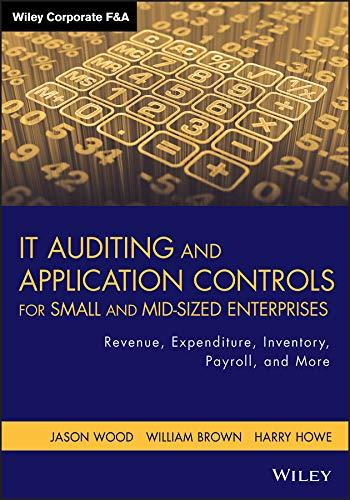equired: Enter the beginning (July 28, 2019) and ending (August 2, 2020) account balances for Accounts Receivable, Inventories, and Payable to Suppliers and Others. Find these amounts on the Consolidated Balance Sheets for Campbell Soup Company. . From the income statement (Consolidated Statement of Earnings) for Campbell Soup Company for the year ended August 2. 2020, record the following transactions in the model: 1. Net Sales, assuming that all sales were made on account. 2. Cost of Products Sold, assuming that all costs were transferred from inventories. 3. Marketing. Selling, and Administrative Expenses, assuming all of these expenses were accrued in the Payable to Suppliers and Others liability category as they were incurred. c. Assuming that the only other transactions affecting these balance sheet accounts were those described next, calculate the amount of each transaction: 1. Purchases of inventories on account. 2 Collections of accounts receivable. 3. Payments to suppliers and others. Note: Enter your answers in millions of dollars. Enter decreases with a minus sign to indicate a negative financial statement effect. equired: Enter the beginning (July 28, 2019) and ending (August 2, 2020) account balances for Accounts Receivable, Inventories, and Payable to Suppliers and Others. Find these amounts on the Consolidated Balance Sheets for Campbell Soup Company. . From the income statement (Consolidated Statement of Earnings) for Campbell Soup Company for the year ended August 2. 2020, record the following transactions in the model: 1. Net Sales, assuming that all sales were made on account. 2. Cost of Products Sold, assuming that all costs were transferred from inventories. 3. Marketing. Selling, and Administrative Expenses, assuming all of these expenses were accrued in the Payable to Suppliers and Others liability category as they were incurred. c. Assuming that the only other transactions affecting these balance sheet accounts were those described next, calculate the amount of each transaction: 1. Purchases of inventories on account. 2 Collections of accounts receivable. 3. Payments to suppliers and others. Note: Enter your answers in millions of dollars. Enter decreases with a minus sign to indicate a negative financial statement effect







